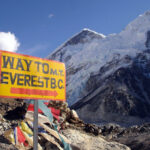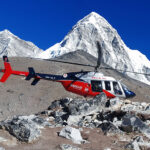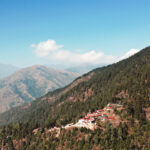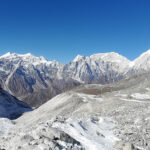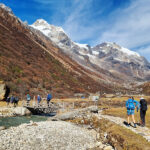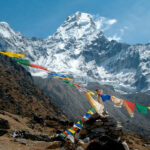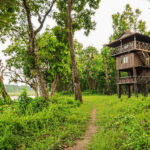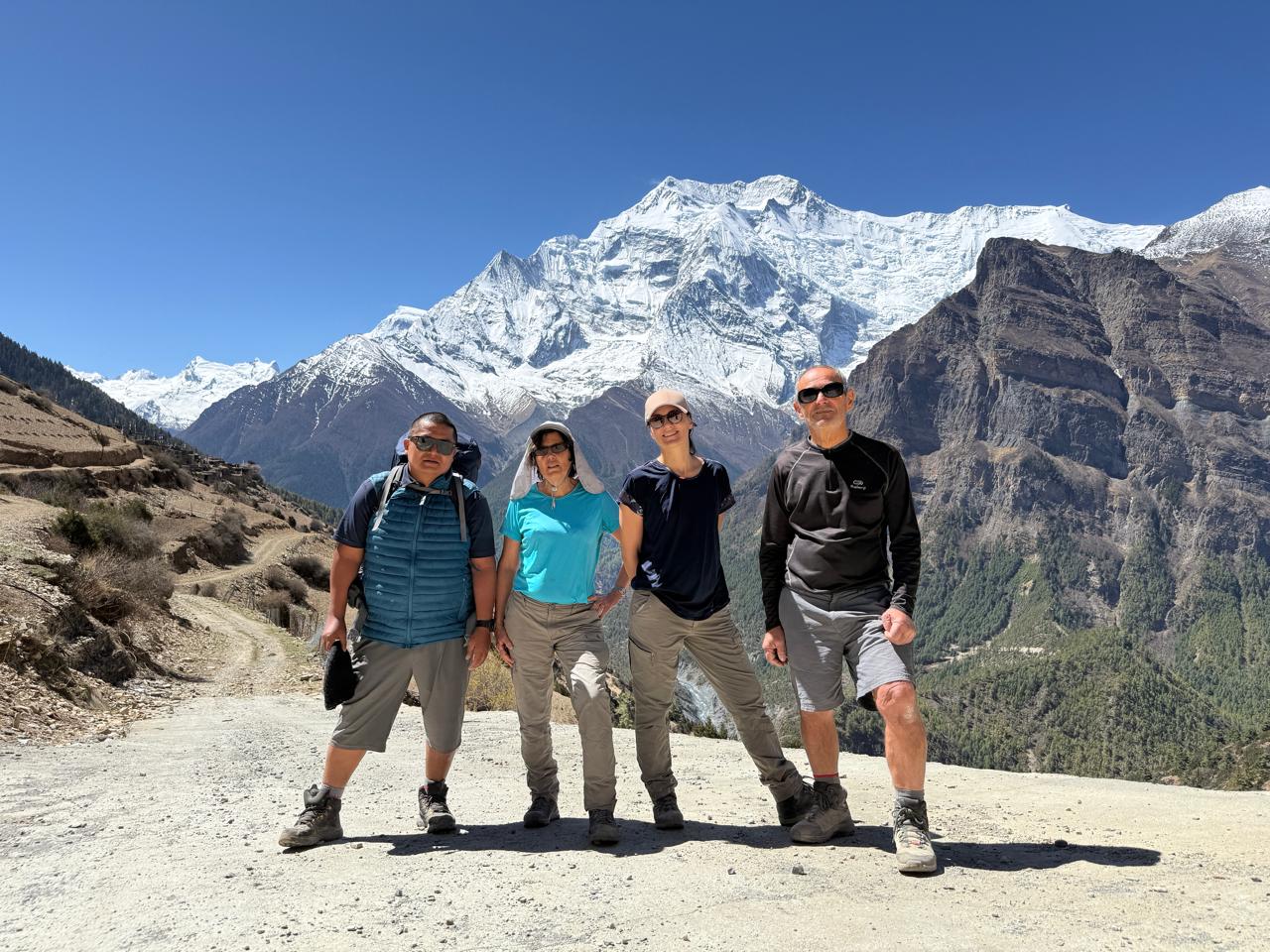
How Much to Tip Trekking Guides & Porters in Nepal – A Complete Guide
Wondering how much to tip your trekking guide or porter in Nepal? Discover tipping norms, suggested amounts, when to tip, and key factors to consider for a respectful and rewarding trekking experience.
Trekking through Nepal’s majestic Himalayan landscape is a once-in-a-lifetime adventure. Whether you’re crossing high mountain passes, navigating dense rhododendron forests, or simply soaking in breathtaking views, your guide and porter play an integral role in ensuring your journey is safe, smooth, and memorable. One question that often arises after such an enriching experience is: how much should you tip your trekking guide and porter?
While tipping in Nepal isn’t legally required, it is customary and deeply appreciated—especially in the trekking and tourism industry, where service often goes far beyond the expected.
How Tipping Works in Nepal
There’s no standardized tipping rate across Nepal, particularly for treks. Unlike restaurants or hotels where a service charge may be included, in trekking the tip is a direct and personal way to acknowledge the effort, care, and endurance your team has shown throughout your journey. It’s a tangible expression of thanks—especially in situations where your guide or porter has been your sole connection to the outside world in remote, high-altitude terrain.
In many ways, guides and porters are the unsung heroes of Himalayan adventures. They manage logistics, ensure your safety, offer cultural insights, and often carry much of the physical burden of your gear. A sincere tip is more than money—it’s recognition of their essential role in your adventure.
How Much Should You Tip?
While the amount can vary depending on factors such as trek duration, group size, and level of service, the following general guidelines will help you navigate tipping norms:
| Service | USD per day |
| Trekking Guide | $10 to $15 USD |
| Porter | $5 to $10 USD |
| Tour Guide | $10 to $15 USD |
| Driver | $5 to $10 USD |
These tips are typically given per group, not per individual. For example, if you’re trekking in a group of four, the total tip for the guide might be $60 for a four-day trek ($15 x 4 days), which can then be given collectively.
If you’ve received exceptional service, don’t hesitate to go above the suggested range. On the flip side, if you feel the service didn’t meet expectations, you’re not obligated to tip generously. Tipping is discretionary, after all, and should reflect both gratitude and experience.
Special Considerations
-
Length of Trek: For shorter treks (7–14 days), the above rates are appropriate. For treks lasting a month or longer, a lump sum of $200–$250 USD for the guide is generally fair. Porters should be tipped accordingly as well.
-
Solo Trekkers: If you’re trekking alone, you may lean toward the lower end of the suggested scale—but remember, one guest means your guide and porter are dedicating themselves entirely to you.
-
Skill and Experience: Some guides have advanced training in wilderness survival, language skills, or years of experience. If your guide falls into this category and is being paid accordingly (e.g., $50–$100/day), tipping around 15% of their total salary is a fair benchmark.
-
Underpaid or Freelance Staff: If you’ve hired guides or porters at unusually low rates or through informal arrangements, it’s likely that tips are their main income. In such cases, tip more generously to ensure fair compensation.
Preferred Currency and Logistics
Tipping can be done in either Nepali Rupees (NPR) or US Dollars (USD). In Kathmandu or Pokhara, you can withdraw NPR from ATMs, although machines can sometimes be unreliable—so allow extra time and be prepared with cash.
Most travelers tip their guide and porter on the final evening of the trek, typically after dinner. This is often a meaningful moment of closure, where trekkers express appreciation and share memories. If you’re traveling with a group, coordinate with fellow trekkers to present the tip collectively. If you feel a personal connection to your guide or porter, it’s completely fine to give an individual bonus as well.
Personalizing Your Tip
Every trekking experience is unique. If your porter went the extra mile—literally and figuratively—by helping with your bag, ensuring your comfort, or showing genuine kindness, feel free to tip accordingly. Likewise, if your guide went above expectations with storytelling, health support, or even singing Nepali songs by the campfire, that deserves to be acknowledged.
Final Thoughts
Tipping is not just a transaction—it’s a gesture of respect and gratitude. It’s a way to honor the hard work and hospitality shown by those who make Nepal’s world-famous treks possible.
If you’re ever in doubt, ask your tour operator or travel specialist for advice before your trek begins. This way, you can prepare in advance and avoid scrambling for cash at the end of your journey.
And of course, don’t forget to save a little extra—for that well-earned beer or masala tea once your boots come off and your Himalayan adventure is complete.
Namaste, and happy trekking!

